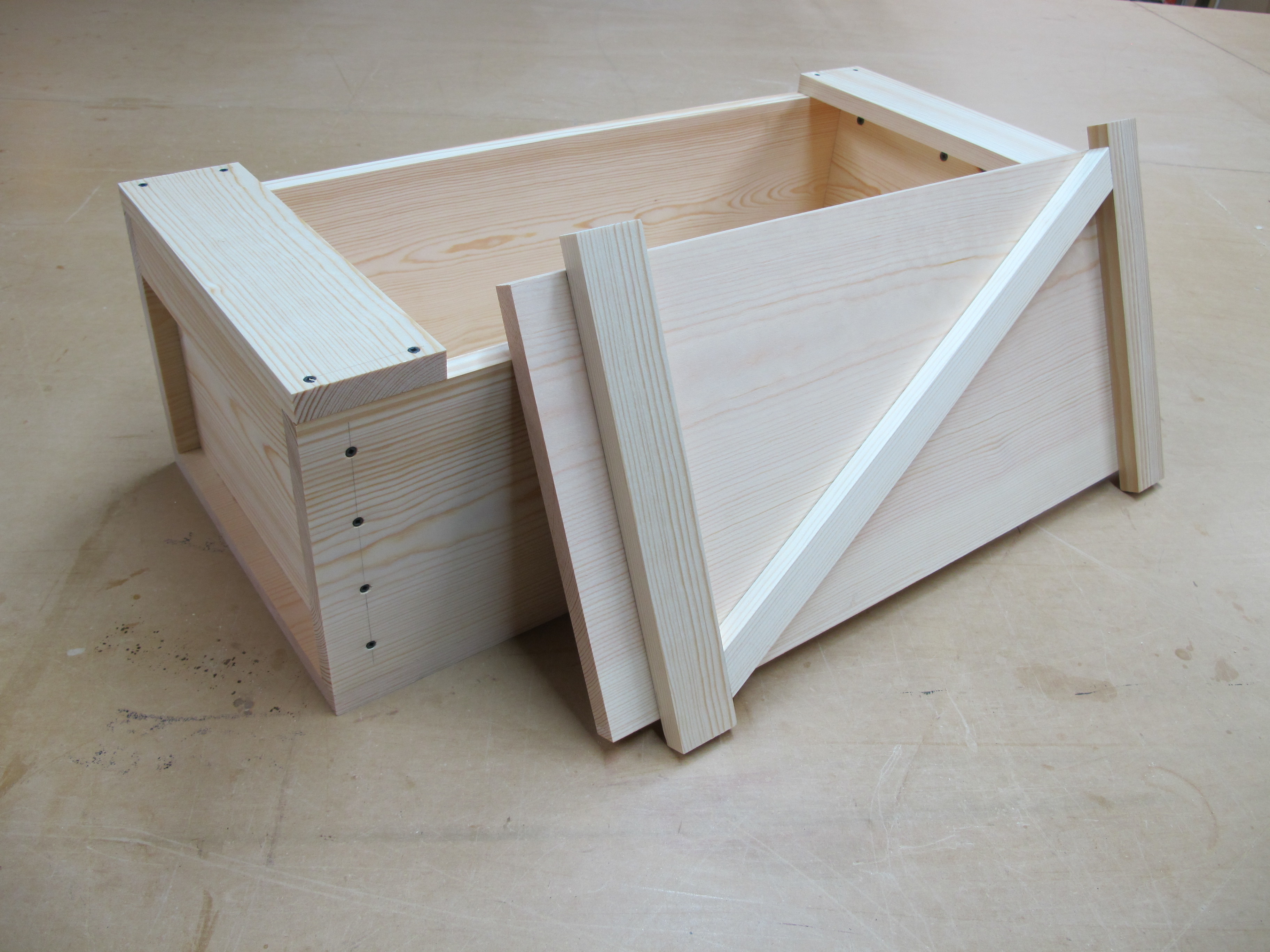The first time I came across a box like this, it was housing a circular saw. It was made from rec room paneling, scrap pine, and roofing nails. While not much to look at, it was strong, and the action of the lift-out lid fascinated me. A couple of months later I learned that this is also the common design for a Japanese carpenter’s toolbox. I knew I had to make one, so with some 1×12s in hand, I had at it. In the last 15 years, the box has carried my tools to nearly every big job. The trouble is, because I built it to fit in my hatchback instead of to fit my tools, it’s kind of big for what I need on most jobs. So instead of continuing to stuff tools into my old messenger bag, I figured it was time to build a new, smaller Japanese toolbox.
Downloads
Notes:
As with all woodworking projects, there are many ways to accomplish the same task. The tools and techniques I show here should be viewed as one option, not the only way. Use whatever tools, methods, and materials make sense to you. You can avoid a lot of frustration by selecting the best boards you can find. Look for pieces that are straight, flat, and free of twist. Sometimes that means going through every board they have; sometimes that means getting 2 boards so you can cut around flaws.



